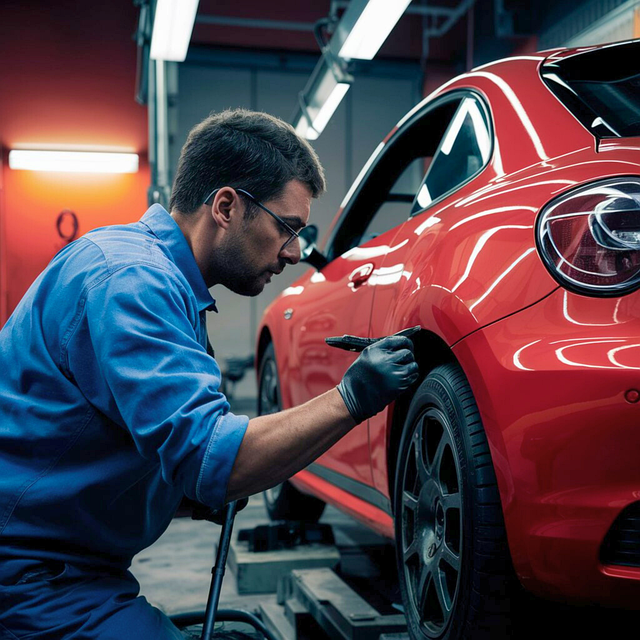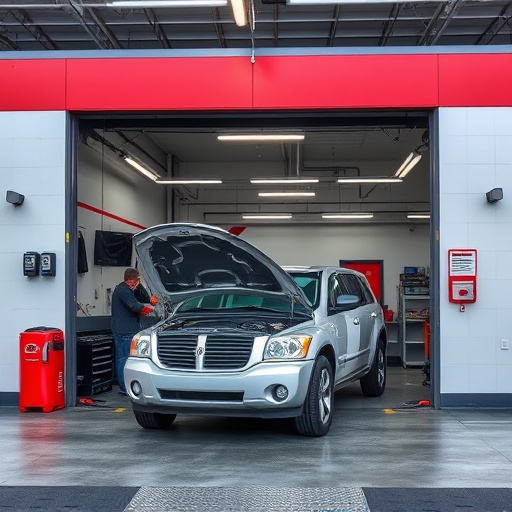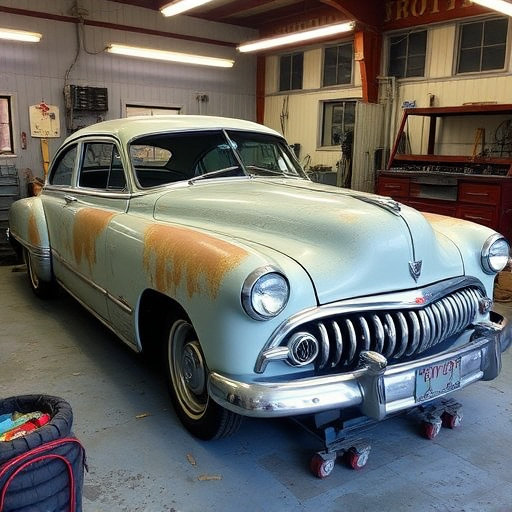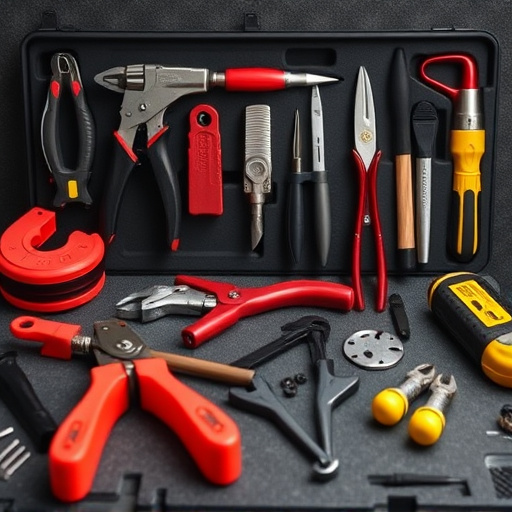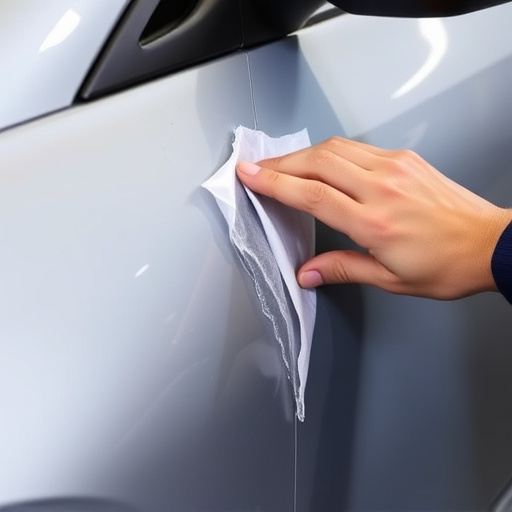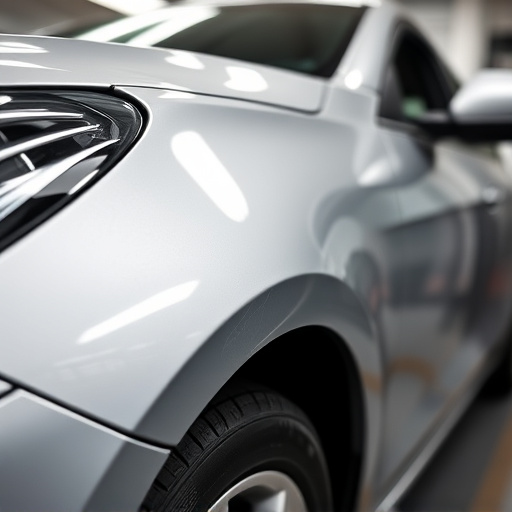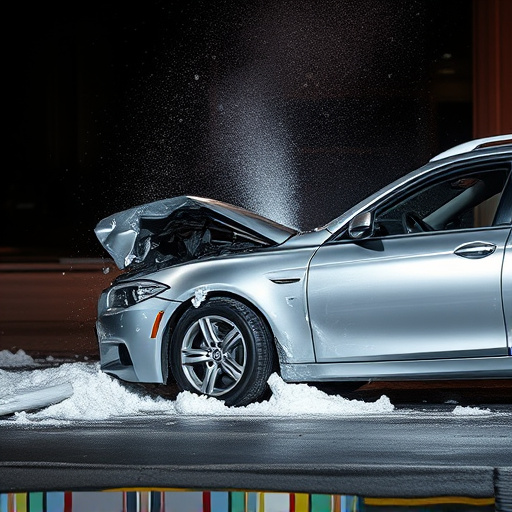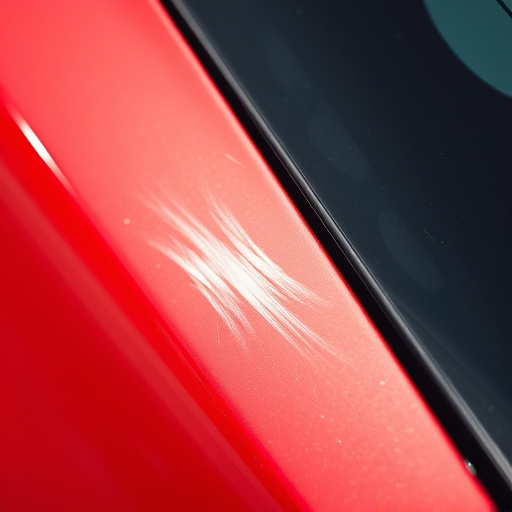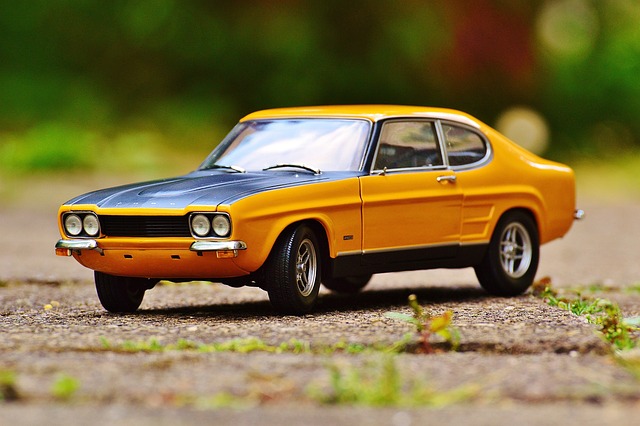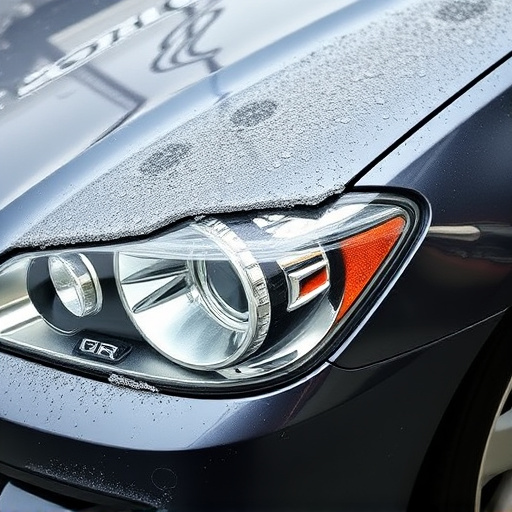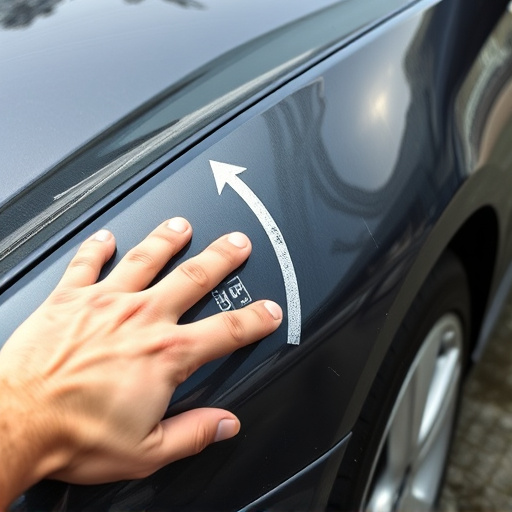Recycled parts collision repair offers economic and environmental benefits by using materials from damaged vehicles after thorough inspection, refurbishment, and testing to meet quality standards. The process begins with vehicle collection and sorting, followed by part sourcing and quality control measures. Consumers opting for recycled parts contribute to a circular economy while potentially lowering car repair costs. Quality verification involves checking part history, inspecting for damage and corrosion, and performing functional tests for precise fitting and top-tier repairs. Best practices include verifying origin, conducting meticulous visual inspections, and comparing performance with new parts for long-term durability.
In today’s eco-conscious world, recycled parts play a vital role in collision repair, offering both cost and environmental benefits. This article guides you through the intricate process of verifying quality in recycled parts collision repair. We’ll explore essential factors to consider during verification, best practices for assessing these parts, and provide insights into ensuring top-tier repairs while promoting sustainability. Understanding these steps is crucial for both professionals and consumers looking to support green initiatives without compromising on quality.
- Understanding Recycled Parts in Collision Repair
- Key Factors for Quality Verification Process
- Best Practices for Assessing Recycled Collision Repair Parts
Understanding Recycled Parts in Collision Repair
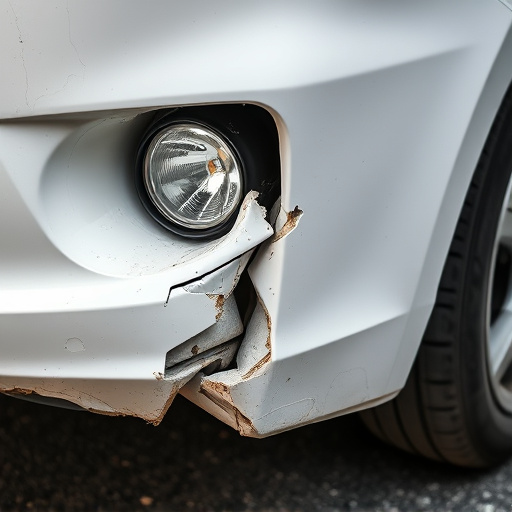
Recycled parts play a significant role in collision repair, offering both economic and environmental benefits. These parts, sourced from damaged or end-of-life vehicles, are carefully inspected, refurbished, and tested to meet quality standards. Understanding the recycling process is key when assessing these components for your car repair services. The journey begins with the collection of wrecked vehicles, where professional recyclers sort and identify reusable materials, ensuring a sustainable cycle.
In collision repair, recycled auto glass replacement and body parts are especially prevalent. Reputable body shop services prioritize acquiring parts from reliable suppliers who adhere to strict quality control measures. This ensures that customers receive reliable and safe components for their vehicle repairs. By opting for recycled parts, consumers contribute to a circular economy while potentially saving costs on their car repair expenses.
Key Factors for Quality Verification Process
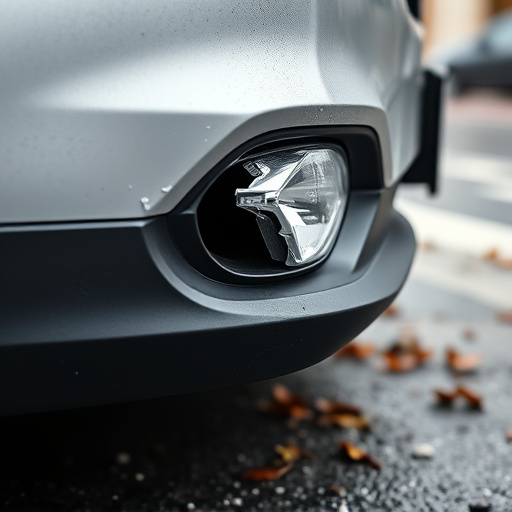
When it comes to recycled parts collision repair, the quality verification process is paramount to ensuring safe and reliable auto body repairs. Several key factors play a crucial role in this critical step. Firstly, the authenticity and origin of the recycled parts must be thoroughly checked. This involves verifying the part’s history, ensuring it was responsibly sourced, and confirming its compliance with industry standards. Reputable recyclers maintain detailed records, which can help trace the part’s journey back to its original manufacturer.
Secondly, meticulous inspection is essential. Auto body repairs require precise fitting and alignment, so each recycled part must be examined for any signs of damage, corrosion, or wear. Advanced technology, such as 3D scanning and computer-aided measurement systems, can aid in this process, ensuring the part’s compatibility with the vehicle. Additionally, professional technicians should assess the structural integrity of the components, checking for any hidden defects that could compromise the car’s safety and performance. By combining rigorous quality checks with transparent sourcing, recycled parts collision repair can deliver top-tier auto body repairs while promoting sustainability.
Best Practices for Assessing Recycled Collision Repair Parts
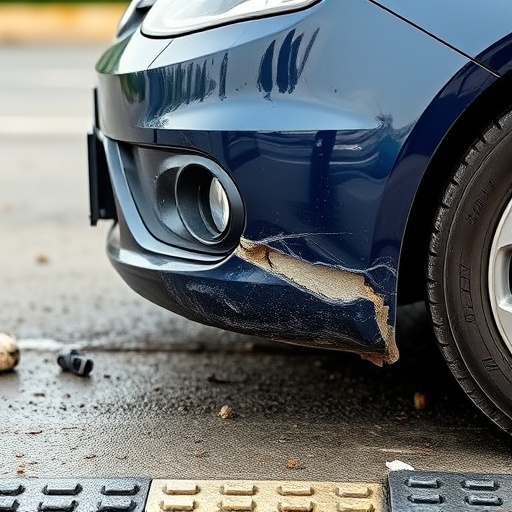
When assessing recycled parts for collision repair, adopting best practices is paramount to ensuring quality and safety. Start by verifying the part’s origin and history, confirming it’s indeed recycled and sourced responsibly. Check for any certifications or labels that guarantee the material’s integrity and authenticity. Next, conduct thorough visual inspections, looking for signs of wear, damage, or deformity. Recycled parts should be free from rust, dents, and cracks, especially in critical areas like panels and frames.
Additionally, perform functional tests to gauge the part’s performance. In the case of car scratch repair components, ensure they blend seamlessly with the existing surface upon installation. For a Mercedes-Benz repair or any high-end vehicle, precision is key; components must fit perfectly to maintain the vehicle’s original aesthetics and structural integrity. Always compare recycled parts against new ones for reference, considering factors like material strength and durability over time.
When it comes to recycled parts collision repair, verifying quality is paramount. By understanding the intricacies of recycled components and implementing a rigorous verification process, repair shops can ensure top-tier results. Adhering to best practices for assessment ensures that every part meets or exceeds industry standards, contributing to safer and more sustainable vehicles on the road. Investing in thorough quality control for recycled collision repair parts is a step towards a greener future without compromising on safety or performance.

